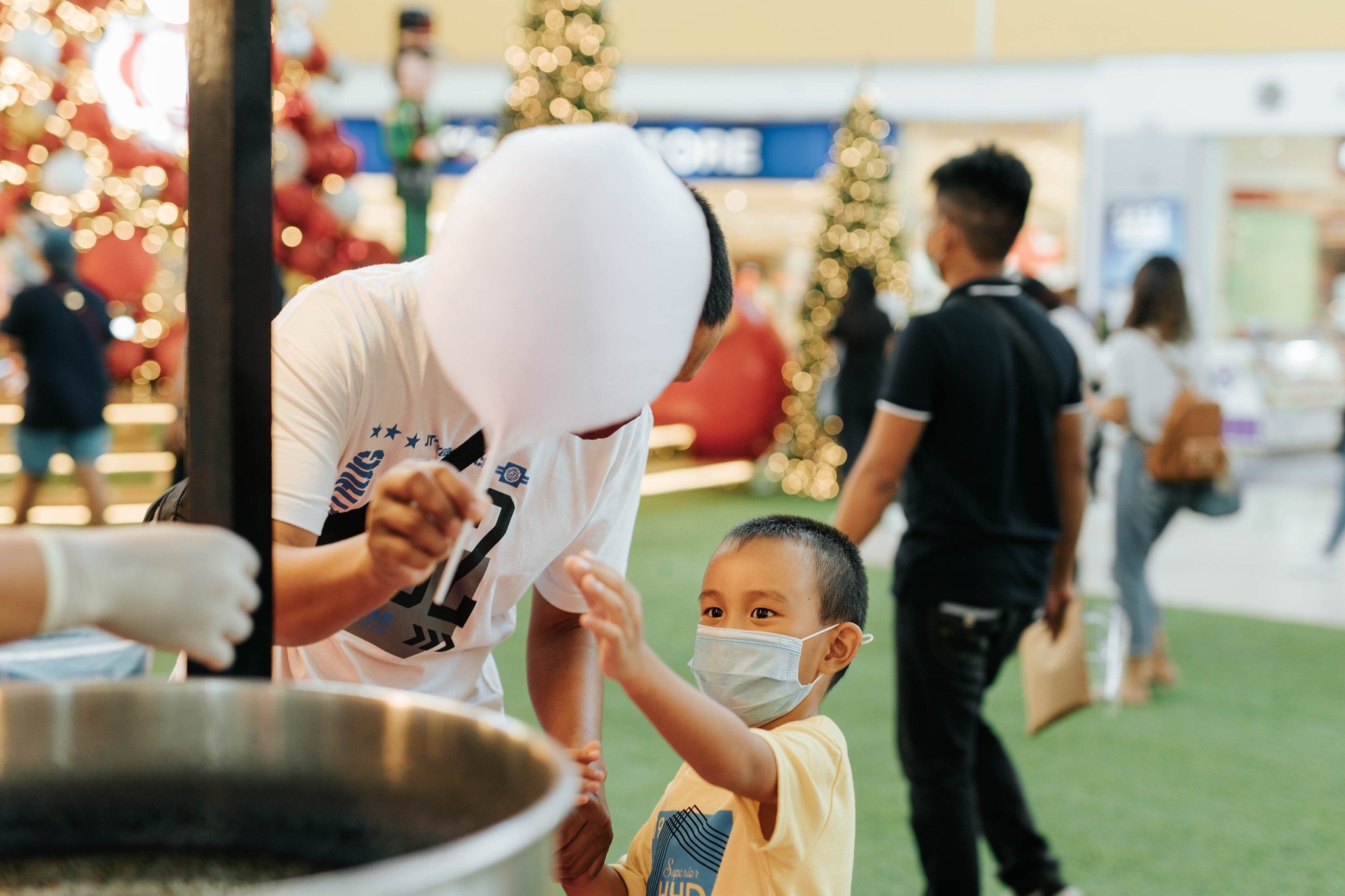SUMMARY
This is AI generated summarization, which may have errors. For context, always refer to the full article.

MANILA, Philippines – Coronavirus infections are on the rise again. Cases jumped by 82% from June 13 to 19, data from the Department of Health (DOH) showed.
In its weekly COVID-19 case bulletin released Monday, June 20, the DOH tallied a total of 3,051 infections, translating to 436 cases per day. This was a significant rise from 1,682 cases recorded from June 6 to 12, with 240 average cases per day. Despite this, the entire Philippines remains at low-risk case classification.
“We’re definitely at the start of a new surge. It’s too early to say when the peak will be. Over the past few months, when cases were low, I’ve always said publicly that, without higher vaccination rates, we’re just in between surges. So, this is it,” Dr. John Wong of Epimetrics told Rappler in a text message.
Epimetrics is a public health research institution that helps the government make sense of the pandemic.
Health Undersecretary Maria Rosario Vergeire attributed the current increase in cases to the entry of Omicron subvariants, increased patterns of mobility, and the waning immunity due to the slow uptake of boosters. The country has detected cases of BA.2.12, BA.2.12.1, BA.4, and BA.5. All of these Omicron offshoots are causing alarm due to spike in cases worldwide.
Asked whether the Philippines would experience again the Omicron-surge last January, Vergeire said, “We cannot say it right now with certainty. What we can say right now is, we can prevent it.” (READ: Omicron leaves Filipinos scrambling for testing)
A new spike in cases might affect the plans of the education sector to transition all schools to in-person classes. This would be a major event to monitor since the Philippines is suffering learning losses under the distance learning setup during the pandemic. (READ: Distance learning in the Philippines: A year of hits and misses)
Here’s what we’re watching this week of June 26, 2022:
The need to vaccinate kids under 5
- Data from Epimetrics showed that kids younger than 5 years have the second highest hospitalization rate among all age groups. “Children less than 5 years old were the other high-risk group. We couldn’t protect them until we have the new vaccines for the youngest children,” said Wong.

- The United States Food and Drug Administration gave emergency use authorization on June 17 for both the Pfizer/BioNTech and Moderna vaccines for young children aged 5 years and below. Despite this, parents in the US are still hesitant to get their children vaccinated against COVID-19.
- Citing the April Kaiser Family Foundation Vaccine Monitor survey, CNN reported that only 18% of parents of children under 5 said they would vaccinate their children against COVID-19.
- Nearly 40% of the respondents said they would “wait and see” before vaccinating their young children, while 11% said they would get the vaccine for their kids only if required, and 27% said they would “definitely not” have their children jabbed.
- In the Philippines, there was no progress yet on vaccinating this age group after outgoing vaccine czar Carlito Galvez Jr. said the government wanted to vaccinate children at least six months old this year. With different formulations and dosage schedules, the government will need to buy additional supply for kids at least six months old to six years old. The incoming Marcos administration has yet to announce any plans.
- Moderna’s two-dose vaccine and Pfizer’s three-dose vaccine received the green light, after US health regulatory bodies recommended the shots, saying their benefits would outweigh any risks for kids in the group. (Read more about this development from our last week’s outlook: COVID-19 Weekly Watch: One question we should be asking about the virus.)
Minors aged 12 to 17 can now get booster shots
- Last week, the Philippine government approved the recommendations of health officials to start giving booster shots to minors aged 12 to 17. Only the Pfizer vaccine will be allowed for them.
- Vergeire explained that, for now, it was only Pfizer vaccine whose emergency use authorization was amended to be used as booster shot for the said age group. “Even though Moderna has EUA for the said age group, they have not amended their EUA for boosters,” she said in a mix of English and Filipino.
- The administration of booster shots for the said age group starts with immunocompromised individuals. They are the following:
- Those who received stem cell transplants within the last two years
- Those with moderate or severe primary immunodeficiency
- Those with advanced or untreated HIV infection
- Those with active treatment with high-dose corticosteroids or other drugs
- Those undergoing dialysis
- Those living with autoimmune disease and undergoing treatment with specific immunosuppressive medications
- Those diagnosed with conditions considered to be immunocompromised
- The health department spokesperson said that the rest of population of 12 to 17 would follow days or weeks later.
Transition to Marcos admin: What happens now?
Come June 30, the incoming administration of president-elect Ferdinand Marcos Jr. will inherit the handling of COVID-19 crisis.
At a press briefing on Wednesday, June 22, Vergeire said that for now pandemic protocols are status quo unless president-elect Marcos would rescind the pandemic task force’s resolutions, including the implementation of alert levels.
“Up until the new admin rescinds this, current protocols continue. The alert level system will still be implemented not unless the new admin will change the system,” she said.
Rappler published an in-depth piece about how the Duterte government fared in its pandemic response and what the incoming administration needs to do moving forward.
– Rappler.com
Add a comment
How does this make you feel?

There are no comments yet. Add your comment to start the conversation.